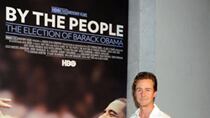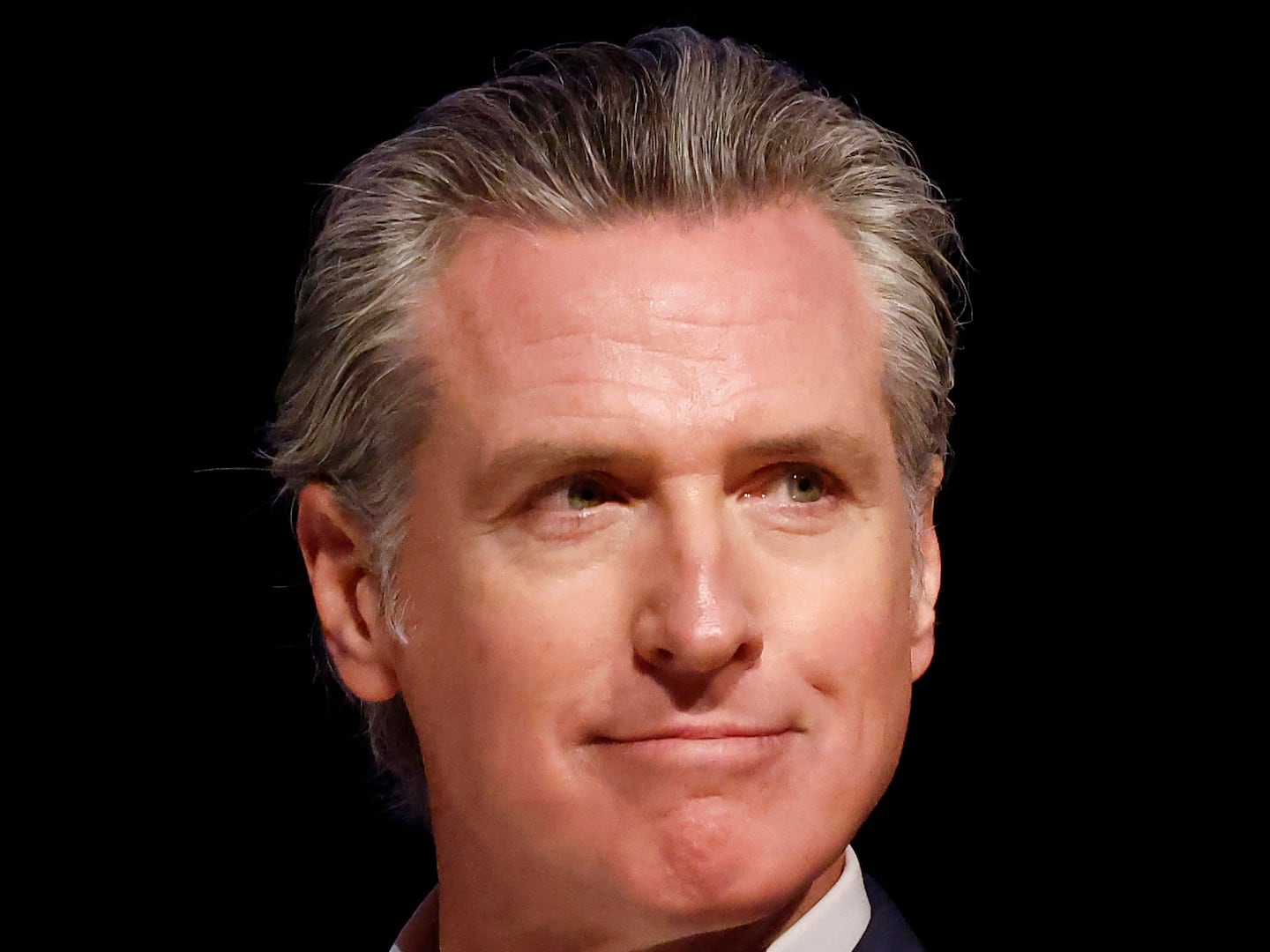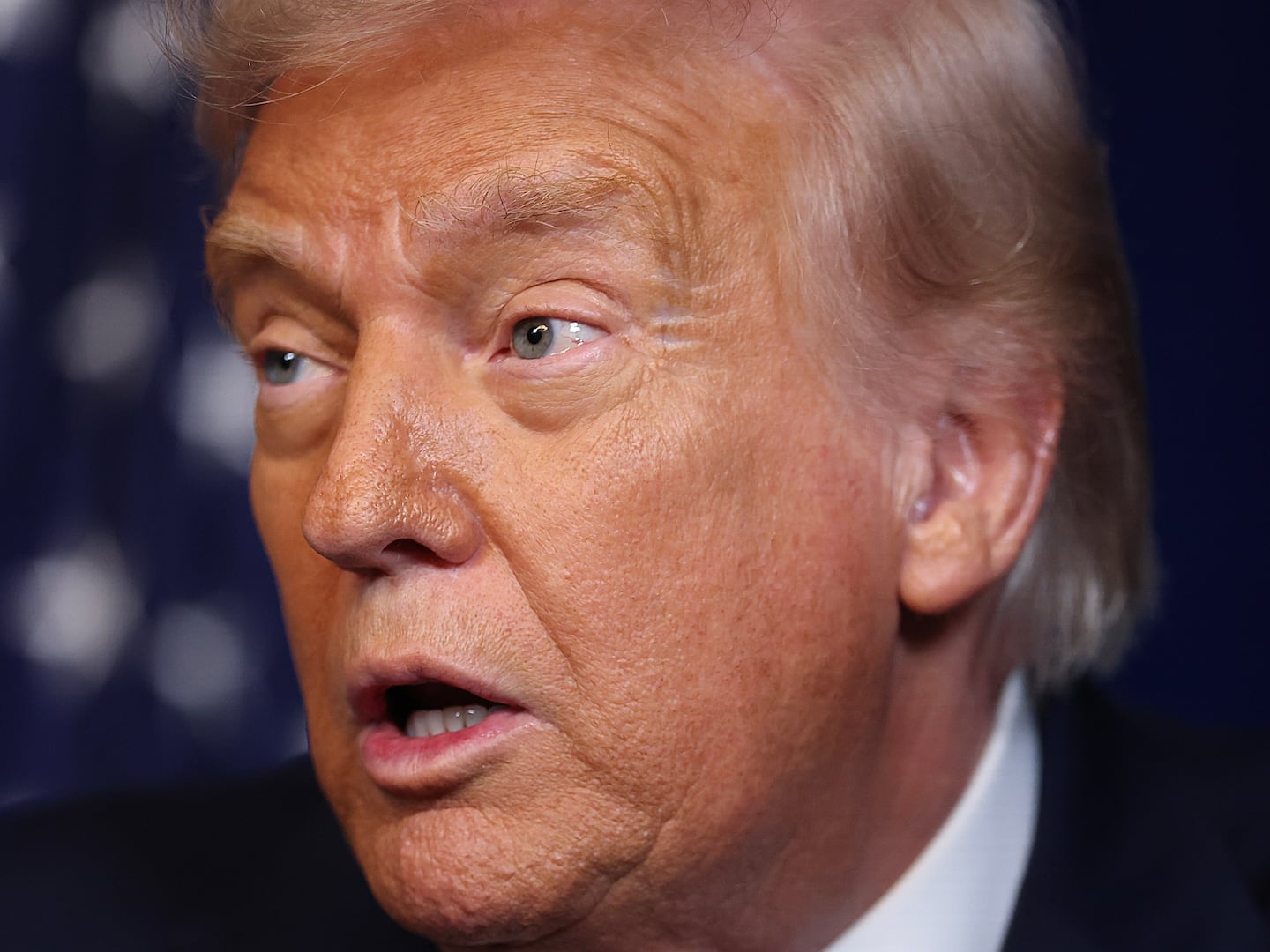
A crowd of Hollywood insiders—among them Barry Levinson, Woody Harrelson, Ari Emanuel, and Ron Rifkin—spilled out of the Billy Wilder Theater at the Armand Hammer Museum on Wednesday night after the world premiere of By the People: The Election of Barack Obama.
The HBO documentary, some four years in the making, follows Obama, his family, and his campaign team from the announcement of his presidential bid to President Obama seated behind the Kennedy desk in the Oval Office. The campaign itself is still fresh in everyone’s memory, but already By the People has transformed it into a momentous episode in American history.
Comparisons to The War Room—D.A. Pennebaker’s 1993 chronicle of the Clinton campaign in 1992, which introduced America to the rapid-response politics of James Carville and showed us a youthful, untested George Stephanopoulos being…well, tested—are inevitable. But By the People, co-directed by Amy Rice and Alicia Sams, and produced by Edward Norton’s Class 5 company, paints a broader picture. There’s less political jargon and more on-the-ground intimacy with Obama, Michelle, their children, and members of the campaign staff, both experienced and green.
“When we shot the final scenes in the Oval Office, [Obama] he asked us, ‘What do you guys need?’” Rice said. “It was incredibly special. I got choked up.”
Rice, a willowy 33-year-old from Oklahoma City who lives in New York, said she is flattered by the comparison to Pennebaker’s seminal film, but she pointed out that By the People had a different agenda—and distinguished itself by not focusing obsessively on the men behind the curtain of a historic victory. “We followed the campaign at many levels,” she said. “We wanted to show as many different points of view as possible.”
Rice’s enthusiasm for Obama grew out of tragedy: She lost one of her brothers, David, on September 11, 2001, after which she became much more “politically active,” as she put it. A call from another brother, insisting that she watch Obama’s 2004 speech at the Democratic National Convention, led her to conceive the documentary. She then joined with Sams, Class 5, and eventually HBO, which will air the film for the first time on November 3, after a brief run in theaters in New York and Los Angeles in August.
“Our intent was never to try to make an exposé,” Norton said. “We wanted to make a portrait of this new political generation. The film is full of emotional and personal moments, all with people no one has ever heard of.”
One of those unheard-ofs is Ronnie Cho, 27, a staffer who joined the campaign before the Iowa Caucus and stayed with it until Election Day. An impish, dynamic presence through the film, Cho—who works for the Department of Homeland Security, in legislative affairs—symbolizes Gen Y dedication to Obama’s pledge for hope and change. He’s a first-generation Korean-American whose parents arrived in the U.S. with nothing and built a life.
“We were ordinary people with something to give, like time or energy or passion,” he said, standing outside the Wilder Theater in a neatly tailored suit. The campaign experience shaped his ambition, he added. “I might go back to Arizona and run for office. Maybe sooner than you think!”
Presidential campaigns are now seen as battles, multi-year combat waged between warring camps, with the candidate as the general and a cadre of obscure but politically ferocious captains directing the troops. Director and screenwriter James Toback, hanging out with director Brett Ratner after the screening, made a quick comparison to the 1972 film The Candidate starring Robert Redford, which helped create the behind-the-scenes campaign genre that now includes By the People.
“It was the first time that we were shown politics as an engineered project,” he said. “Something that’s managed as a media event.”
Victory on this national battlefield is predicated on discipline, something with which the press credited the Obama campaign in abundance. Predictably, chief strategist David Axelrod (now a senior Obama adviser), communications director Robert Gibbs (now White House press secretary), and campaign manager David Plouffe spend plenty of time on screen.
However, the film’s most moving moments come when these grown men, hardened professionals and ruthless practitioners of their craft, break down in tears at the magnitude of what they’ve achieved. These are guys who understand the role emotion plays on the national stage—and that Rice and Sams captured, when the stakes couldn’t have been higher.
Despite the obstacles along the way, including some dicey moments when Rice and Sams weren’t sure that their funding would hold up (it rose and fell with Obama’s poll numbers) or that the campaign would permit them to continue filming, the 44th president respected their efforts and remained disarming to the end.
“When we shot the final scenes in the Oval Office, he asked us, ‘What do you guys need?’” Rice said. “It was incredibly special. I got choked up.”
Matthew DeBord covers the auto industry and writes the Shifting Gears blog for Slate’s The Big Money. He has appeared on MSNBC and HDNet’s Dan Rather Reports to discuss the car business and the future of transportation. In addition to writing about cars, he has also writes frequently about Hollywood and the entertainment industry, books, and various other subjects for the Los Angeles Times. He writes about sports for the Huffington Post and has published two books on wine.






